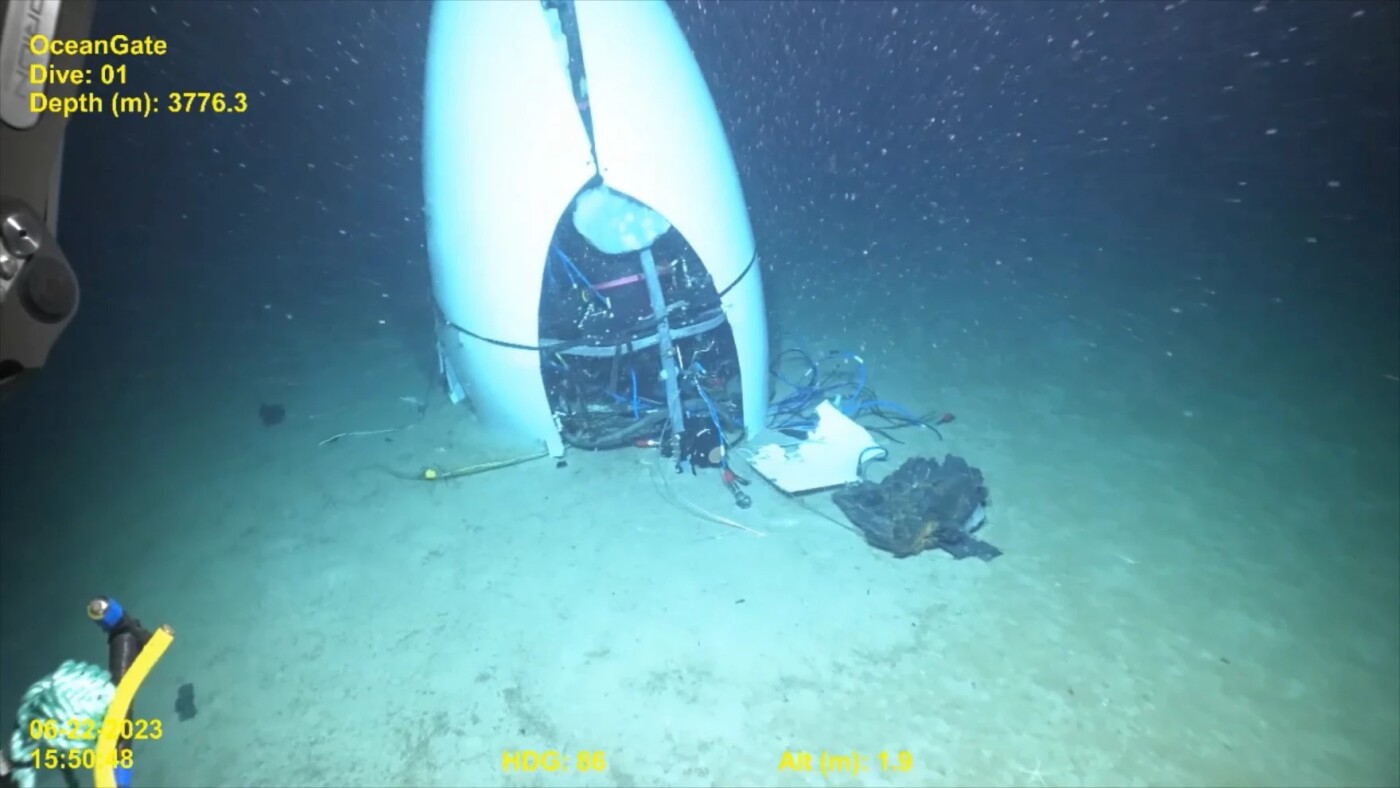Coast Guard Seizes $220 Million Worth of Cocaine in Recent Operations

Introduction
The Coast Guard recently announced that they have seized over $220 million worth of cocaine from alleged drug boats in just the past few weeks. This is a major win for the Coast Guard in their ongoing efforts to combat drug trafficking and keep our waters safe.
Key Details
The seized cocaine, weighing nearly 30,000 pounds, was found on multiple boats in the Caribbean Sea and Eastern Pacific Ocean. In one instance, the Coast Guard released an image of a boat that was set on fire after the crew was caught dumping their cargo overboard. This highlights the extreme measures that drug traffickers will go to in order to evade capture.
The Coast Guard's efforts have been successful in recent years, with over 440,000 pounds of cocaine seized in fiscal year 2018. However, this seizure alone accounts for more than half of the total amount seized in the entire fiscal year.
Impact
The seizure of such a large amount of cocaine has a significant impact on drug trafficking organizations, as it disrupts their supply chain and hurts their profits. It also has a direct impact on the safety and security of our waters, as these drugs can fuel violence and crime in our communities.
This successful operation by the Coast Guard serves as a reminder of the ongoing battle against drug trafficking and the dedication of our law enforcement to keep our communities safe
About the Organizations Mentioned
Coast Guard
The United States Coast Guard (USCG) is a unique federal service branch tasked with maritime safety, security, and stewardship, blending military, law enforcement, and humanitarian roles. Established in 1915 by merging the Revenue Cutter Service with the Life-Saving Service, it is one of the oldest U.S. armed services and functions both as a military force and a federal law enforcement agency[2][6]. The Coast Guard’s core missions fall into three broad categories: maritime safety, maritime security, and maritime stewardship. It executes eleven statutory missions, including search and rescue, drug interdiction, migrant interdiction, marine environmental protection, and port security. These missions reflect its multifaceted role in protecting lives at sea, enforcing U.S. laws, combating transnational crime like drug trafficking and human smuggling, and safeguarding marine resources[1][2][5]. Key operational focuses include maritime law enforcement, emergency response, prevention of accidents and environmental disasters, management of the marine transportation system, and national defense. The Coast Guard operates a diverse fleet of cutters, aircraft, and shore facilities, coordinating closely with other federal agencies and international partners across a vast operational area spanning U.S. coastal waters and international zones[3][5][7]. Historically, the Coast Guard has been praised for its flexibility and rapid response in crises, exemplified during events like Hurricane Katrina. It also oversees aids to navigation, including lighthouses and buoys, ensuring safe maritime commerce valued at over $5 trillion annually[2][6][5]. Today, the Coast Guard operates under the Department of Homeland Security in peacetime but can be transferred to the Department of the Navy during wartime. Its enduring mission combines protecting U.S. maritime interests, supporting national security, and preserving the marine environment, making it a critical player at the intersection of business, technology, and national defense[6][8].






